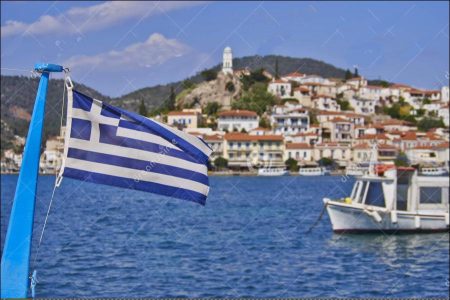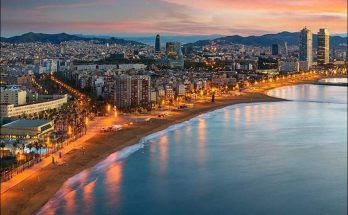In Athens maps and informtion brochures are available from the National Tourist Organization. Bus tours can be arranged through hotels or travel agencies, and What’s On in Athens gives details of current events. Admission to the Acropolis and all other ancient monuments and museums is free on Thursdays and Sundays. Museum hours vary according to the season.
The most famous archeological site in the Parthenon, the sacred temple of Athena, and one of the most skilfully contrived pieces of architecture in existence. From here there is an excellent view of Athens, Piraeus and the sea. On the hill around the Parthenon stands the Erechtheion – famous for its porch of graceful Caryatids (maidens); the imposing Propylaea, the entrance gate to the Acropolis, built in 482 BC and the exquisite little temple of Athena Nike, also called Wingless Victory.
On the south eastern slopes of the Acropolis is the Theater of Dionysus built in the 5th century BC, where the plays of Aeschylus and Sophocles were first performed and on the south western slope the theater of Herod Atticus, built in 16 AD and now the site of summer events in the Athens Festival. See the soaring Arch of Hadrian and just behind it the temple of Olympian Zeus – one of the greatest temples of the Hellenistic world. The Temple of Hephaestos (Theseum) is marvelously preserved.
Directly north of the Acropolis is the Agora, the market place and civic center. See the remains of Hadrian’s Library and the Tower of Winds built to house a hydraulic clock and sun dial in the 1st century. Look at the Doric Gate, presented to the Athenians by Emperor Augustus in 27 BC and note the beautiful monument of Lysicrates – 334 BC. Relics of the Roman era are also to be found among the present day houses of the Plaka (old town) district. Visit the stadium, built into a hillside and restored for the celebration of the first modern Olympic Games in 1896.
Visits: 321



